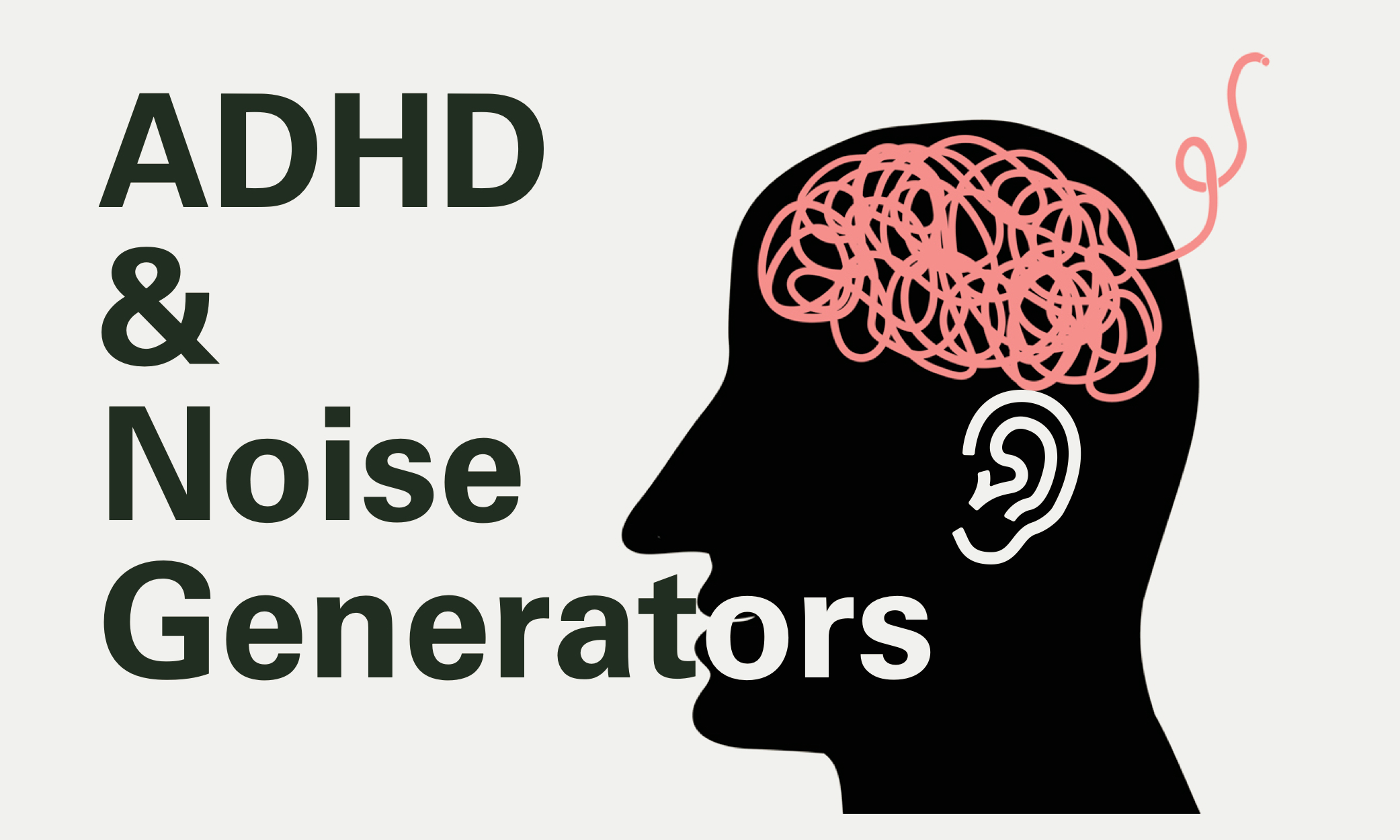FF 2.2 | The Chromatic Scale
2 Unit Intro & Chromatic Scale (1 Day)
Objectives
Understand the musical alphabet, the chromatic scale, accidental directions and how they can be applied to find notes on the guitar fretboard.
Procedure
Watch the “Chromatic Scale” video as a class.
Recreate the chromatic chart on the board for the A string and reinforce the half step between B-C and E-F.
Have students complete the A string chart individually while walking around to check their work. Ask students to come up to the board to fill in chart on the board.
Put students into partners and/or learning groups and have them quiz each other on the notes of the E string without using a chart. They will have to count up the chromatic number line to figure out the notes. The more students do this, the quicker they will get at the process.
Assessment
Informal assessment of the chromatic scale can be completed using questioning and observing by walking around and viewing student work in steps 3 and 4.
What To Look For
The Process: When working individually, students should be creating the chromatic scale using half steps and using self talk to remember the half step between E&F and B&C.When working in groups, students should help each other understand the concept by reinforcing the process of the chromatic counting together. If students are copying the chart from the board, a student, or a different resources, remind them that being able to count half steps is going to help later when applying them on the guitar.
The Product: Students are be able to identify the pitch name for a given fret number by counting half steps up from the open string or down from the octave. They are also be able to determine the fret number of a specified pitch using the same method. These tasks are completed with repeatable accuracy and confidence.
Opening and Closing Activity Ideas:
Opening 5 min: Have the question, “How do you find notes on the guitar fretboard?” on the board as students come in to class. Have them write down their answer in their practice journal after they take their seats. Go through some of the student answers and steer the conversation to the chromatic scale. Play a song with a memorable bass line during this activity.
Closing 5 min: Have students create an entry in their journal and rank their understanding of the chromatic scale out of 5. Ask students to then write a description of a tutorial that they could make on how to teach the chromatic scale and notes on the fretboard. Have students share a few of these ideas to the class.
Differentiation
Remediation: Have students re-watch the chromatic scale video individually and encourage them to pause it often to take notes. You can also partner up students who understand the concept with students that are struggling. Sometimes it helps to have these learning groups create their own instructional video on the chromatic scale.
Enrichment: Give students a random number generator to give them more practice to gain mastery of note names on the E string. If they already know the note names on the E and A strings, have them find note names for treble strings.
Notes
Try to call on every student at least once during the period. If a student doesn’t know the answer right away, help them with the process of finding the notes and celebrate them when they eventually come to the answer. Call out partners/groups that are working well together and tell the rest of the class what you liked about their collaboration strategy. Developing positive group work ethic is going to help out when students are songwriting and practicing together with guitars later in the course.





